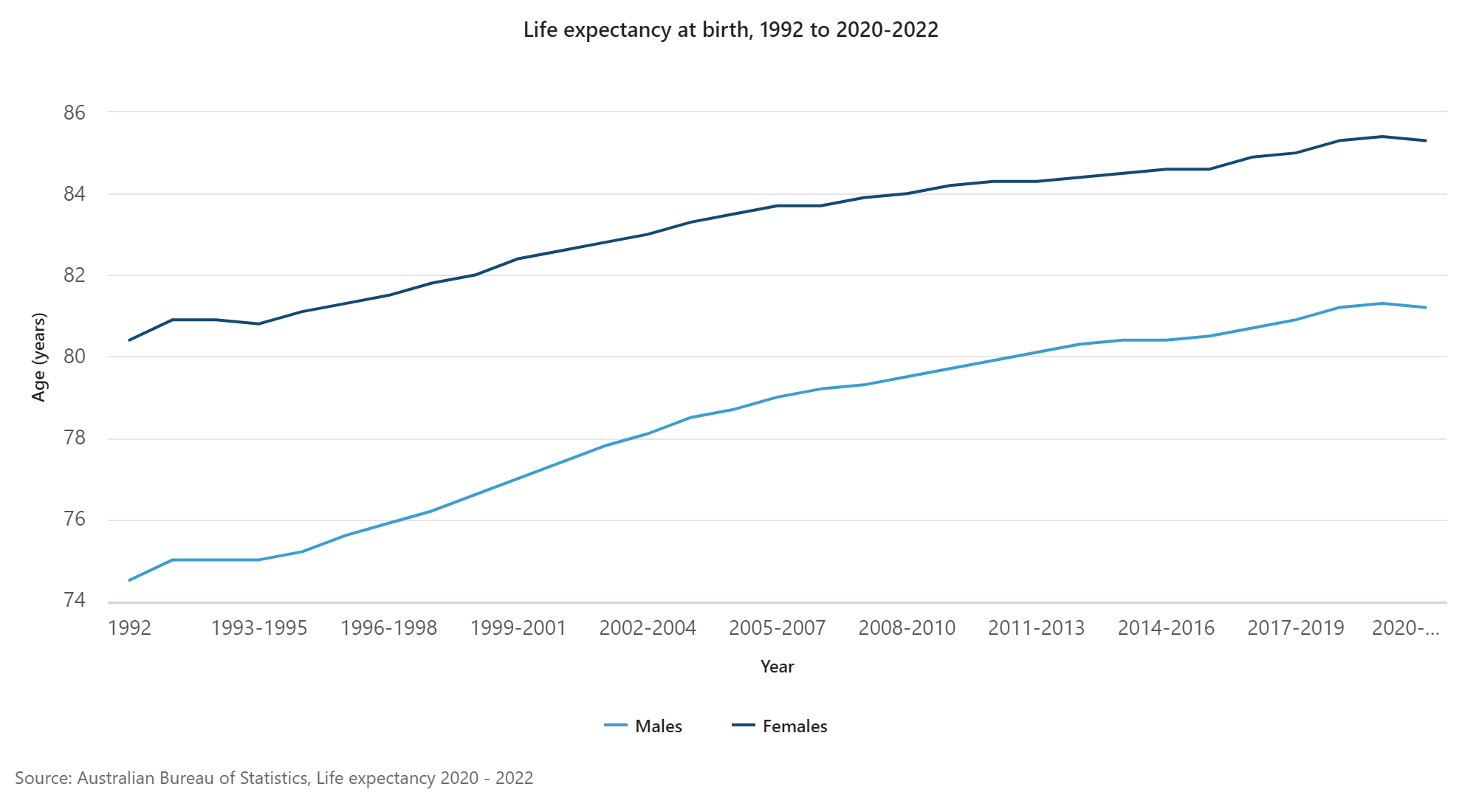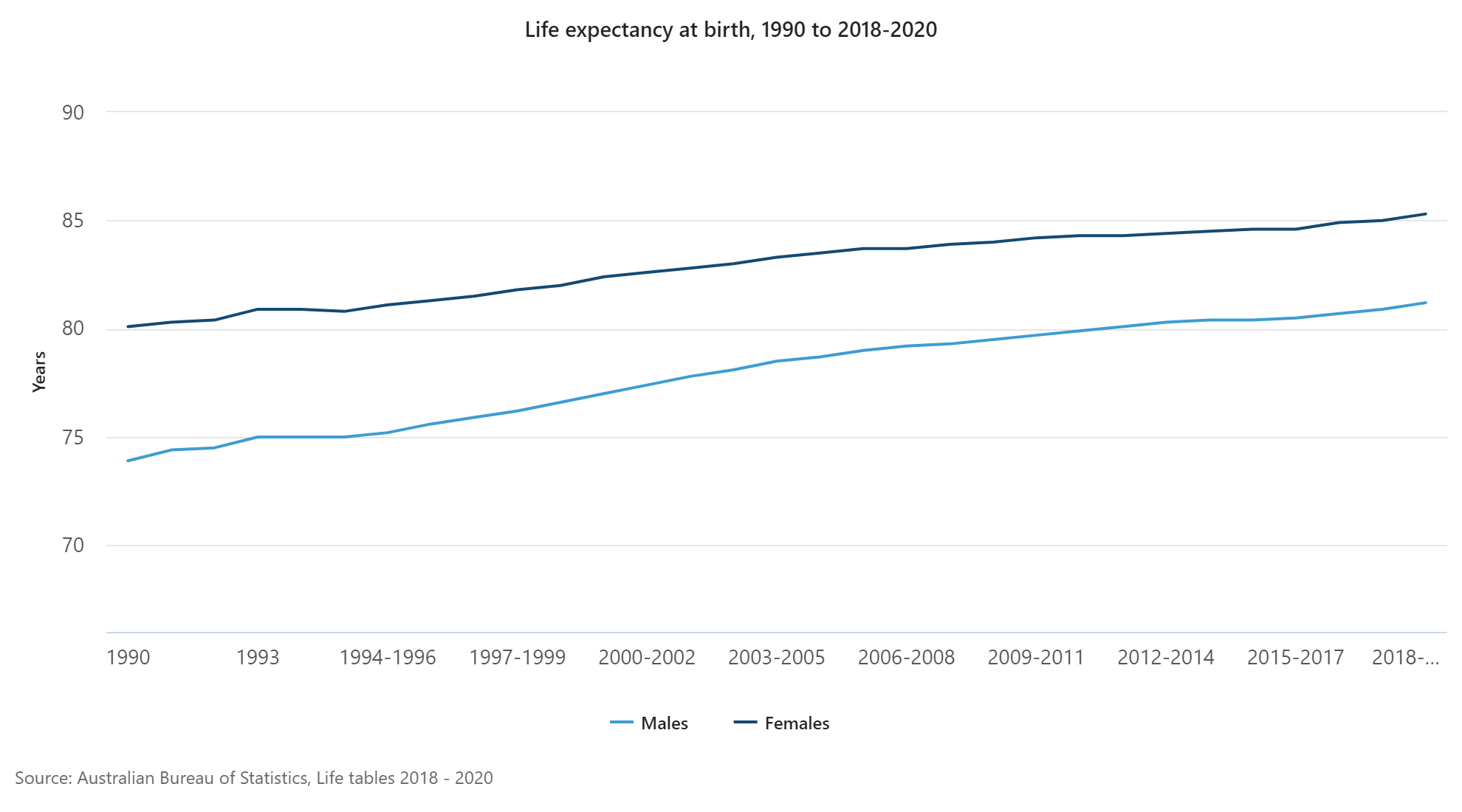At .id, we advocate the use of our demographic and economic tools to make evidence based decisions. It’s important to remember that often, this evidence may fly in the face of established “myths” and commonly held views, many of which may have been around for some time.

Local Government examples include misconceptions about population characteristics of an area, such as, “That suburb is just full of older people” or “That’s a suburb for young families” or “everyone in our City speaks English”. These misconceptions can often lead to inappropriate service delivery or misplaced capital expenditure.
And in these cases, hard evidence is needed to shift the existing opinion, particularly as it’s human nature to “conform” to the commonly held view.
A simple, very clever study was conducted in the 1950’s to demonstrate the degree to which people tend to conform with the majority opinion, even when the actual truth seems clearly different.
Conducted by Solomon Asch, a Professor of Psychology at Swarthmore College, Pennsylvania, the conformity experiments were a series of laboratory studies that demonstrated a surprising degree of conformity to a majority opinion.
The test subject was told he/she would be participating in a test of “vision”, and was put in a group of other apparent “subjects” and shown a series of lines, as per below. All the subject needed to do was choose which line on the right (a, b or c) matched the line on the left.
Example of a “vision test” card

The above is one of the pairs of cards used in the experiment. The card on the left has the reference line and the one on the right shows the three comparison lines.
The tests were all very obvious – so much so that, in the control group, 32 subjects viewing 18 “cards”, only one person ever gave an incorrect answer.
But when Asch added in the real nature of the experiment, things changed markedly.
Subjects were put into a room with 5 to 7 others (who all were “confederates” – who knew the true nature of the experiment).
After some tests where everyone answered (out loud, in front of the whole group) correctly, the “confederates” would all suddenly answer incorrectly. Let’s say for example, in the above picture, they all answered “a”, when the correct answer is clearly “c”. The actual subject, who always answered last, would hear all their answers before being asked for his answer.
Faced with this “majority view” over 75% of subjects gave a wrong answer to at least one question, and 32% gave a wrong answer on most questions, to agree with the majority view.
Evidence
The Asch experiments demonstrate a strong tendency to conformity and the pressure to submit to the “social influence”.
This explains why there is a real tendency to hang on to old beliefs and rumours – and only the use of clear evidence can change them.
For example, if the actual lengths of the lines were given (like the evidence presented in the .id tools) then “evidence” before the subjects would have been impossible to refute, and the results of the tests may have been very different.
It’s up to us to deliver compelling arguments based on conclusive evidence, giving clear examples and citing sources of data, so those old myths can be dispelled.
To access demographic evidence for your community based on the latest Census results, visit .id’s demographic resource centre.













